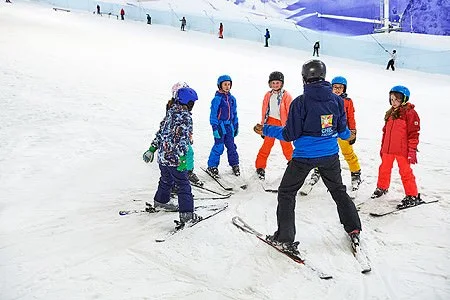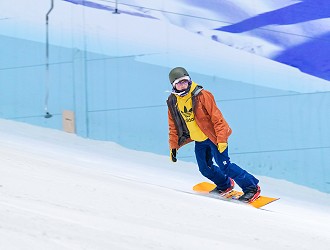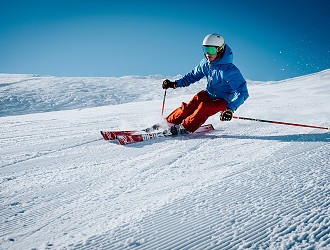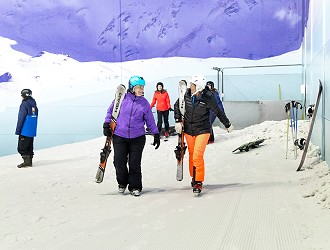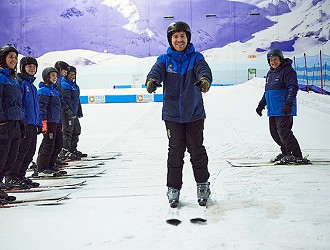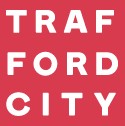Do I want a stiff or soft snowboard?

Picking the perfect snowboard is tricky! With so many options in terms of length, flexibility and width – as well as all the different brands and designs – it’s hard to choose. Here, we’ve put together a snowboard guide to find out which option is best for you. Snowboards vary widely in flexibility (or “flex”) across manufacturers. There is no degree of flex that’s best suited to all snowboarders and the decision to buy a rigid or less flexible board over one that has more flexibility depends on a number of factors, including experience and how you plan on using your board. Continue reading to find out more about snowboard flexibility.
What are the different types of flexible snowboards?
Depending on what it is the snowboard has been designed for, there’s a large variance in flexibility. The stiffness, or flex, of a snowboard, has a huge effect on its riding characteristics. Manufacturers call this “longitudinal flex”. This refers to how the board bends from nose to tail.
Generally, there are two different types of flex in a snowboard. They are:
- Longitudinal flex
- Torsional flex
Longitudinal flex
A snowboard’s flexibility from the front tip to the tail is known as longitudinal flex. To measure a board’s longitudinal flex, put the snowboard’s tail on a soft surface and mimic the pressure your feet will apply to the board by wrapping your arms around the board’s upper mount. The less responsive the board is to this pressure, the greater its degree of stiffness.
Longitudinal flex can be progressive or continuous. The former means that the flex is in the centre of the board, so the nose and tail have different amounts of flex. Continuous flex refers to the flex throughout the board.
Torsional flex
Torsional flex refers to the degree of give a snowboard has across its width. This generally has a smaller effect on a board’s overall performance than longitudinal flex. To get a quick idea of a board’s torsional flex, place the tail of the board on a soft, non-abrasive surface, put a foot on either side of the board to hold it in place and then grasp the board’s tip with both hands and firmly twist it in opposite directions. A board with soft torsional flex will be more responsive to this than one that is stiff. Whilst this is not generally considered by people when deciding on their purchase, a softer torsional flex will help with sharper turns, whereas a stiffer torsional flex will increase edge hold and not have an effect on your ride quality.
Different types of snowboards
Generally, stiffer snowboards offer increased edge grip and faster response at high speeds, which makes them the preferred type for riders looking to change grooves or big powder lines. Stiff boards can also absorb the heaviest of landings without buckling, whereas softer boards make it easy to manoeuvre and perform tricks at slower speeds. They are also much more forgiving of mistakes since rider input is not transferred quite so rapidly.
What are soft snowboards good for?
Flexible snowboards are easy to turn and are generally more forgiving. This makes them perfect for beginner and freestyle snowboarders. Soft boards are also perfect for lighter-weight riders and those who prefer to board in terrain parks. Flexible boards are much more sensitive to user input, so they work well for softer or bumpier snow surfaces.
What does a stiff snowboard mean?
Stiffer snowboards are well-suited to veteran snowboarders and free-riders, helping to deliver greater grip when turning. They’re better at holding an edge when descending a hill, too. Rigid snowboards are also better for heavier boarders, with edge-gripping properties making them perfect for riding groomed slopes and deeper powder.
Snowboard flex ratings
Whilst there isn’t a standard across snowboarding manufacturers, there is a general understanding of what flexibility rating should be assigned to each snowboard. Usually, flexibility is described in one of two ways: on a scale of 1 to 10, or on a scale of soft to stiff.
If rated between 1 and 10, these ratings are as follows:
- 1-2 - Soft Flex
- 3-4 - Medium-to-Soft Flex
- 5-6 - Medium Flex
- 7-8 - Medium-to-Stiff Flex
- 9-10 Stiff Flex.
Which type of snowboard suits your style?
Due to the variety of snowboards available, their flexibility, size and ease of use, different boards are best suited to different ride styles. If you’re a freestyle rider who prefers a snow park rather than mountain slopes, you’ll usually want a softer flexing snowboard. This increases manoeuvrability for spins, tricks and other styles. At Chill Factore, we recommend going for a board that offers a 1-2 Soft Flex score.
Whereas, for free-riders who love to move at speed and generally ride a little more aggressively and create deep carves, a stiffer flex will serve you much better. It will give you greater stability and edge-hold, even at high speeds! With this in mind, a free-ride snowboard would typically be anything from a 7 to 10 Medium-to-Stiff Flex board.
If you class yourself as an All-Mountain rider, and you love to do a little bit of everything, you should consider something in between freestyle and free-riders. We would recommend a flex rating of somewhere between 4 and 7 Medium-to-Soft to Medium-to-Stiff flex boards.
Whichever style of rider you are, it’s important to consider that your ability also affects your decision. Softer flexing boards, between ratings 1 and 2 Soft Flex, are perfect for beginners due to their easy controllability, even at slow speed. Soft Flex boards are typically much more forgiving of mistakes, making it physically easier to turn. More confident riders, who have more experience, may be better suited to snowboards with less flex to suit their free-rider style.
Sizing up your perfect board at Chill Factore
Our team of expert snowboarding instructors can help you to size up the perfect snowboard that suits your individual tastes. With Subvert Boardstore and Snow+Rock at Chill Factore, you have everything you need to learn to snowboard or improve your snowboarding skills. Book your first today!
If you’d like any more information about snowboards, or beginner snowboard lessons at Chill Factore, don’t hesitate to contact us.

